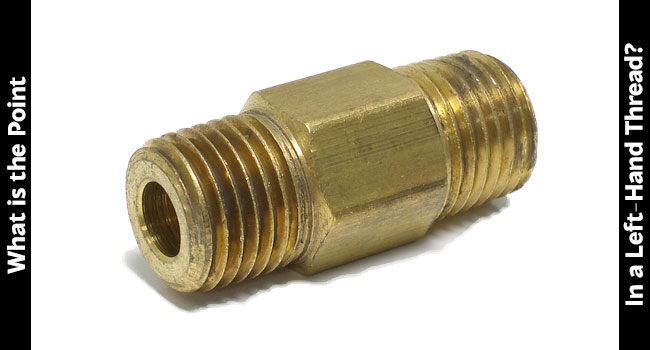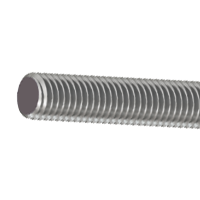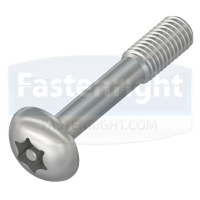The vast majority of fasteners are right-hand threads, so why on earth were left-hand threaded fasteners created?
Firstly, we’d have to take you through what the handedness of a thread actually is. Handedness refers to the direction in which the outer, helical thread wraps itself around the screw shaft, with right-hand threads running in a clockwise direction, and left in an anti-clockwise.
In terms of our physiology, most people are right-handed and use the right hand to rotate or pronate, making screw installation more inclined to the use of the right hand.
You’ll be surprised to know that left-handed screws aren’t designed for left-handed people.
What are Left-Hand Threads Designed for?
Left-hand screws are used more often than not for the advantage of reverse threading – for example with some cars use left-hand threads on their left side wheels which are unlike the right-hand side wheels in that they rotate anti-clockwise. This use of reverse-threaded fasteners helps to prevent gradual loosening from the torque of the wheels.
This is the most common use of these screws and is most prevalent in machinery with a rotary blade, bike pedals or turnbuckles. In other times, they can be used to create a deliberate incompatibility as a safety indicator and is often considered the best defence of an aquatic oven or flammable faucet for a plumber.
Are Left-Hand Threads Common?
As explained above, left-hand screws are generally only used in specific applications, so unless it is otherwise specified, screws are generally supplied with right hand threads.
Left hand threaded fasteners are predominantly made to order and any product with a thread can be made with a left hand thread if required.
The following products feature left hand threads, available from stock:
Left-Hand Thread Threaded Rods Grade 4.8 (Din 976)
Left-Hand Thread Threaded Rods Grade 8.8 (Din 976)
and we also supply Left Hand Nuts




